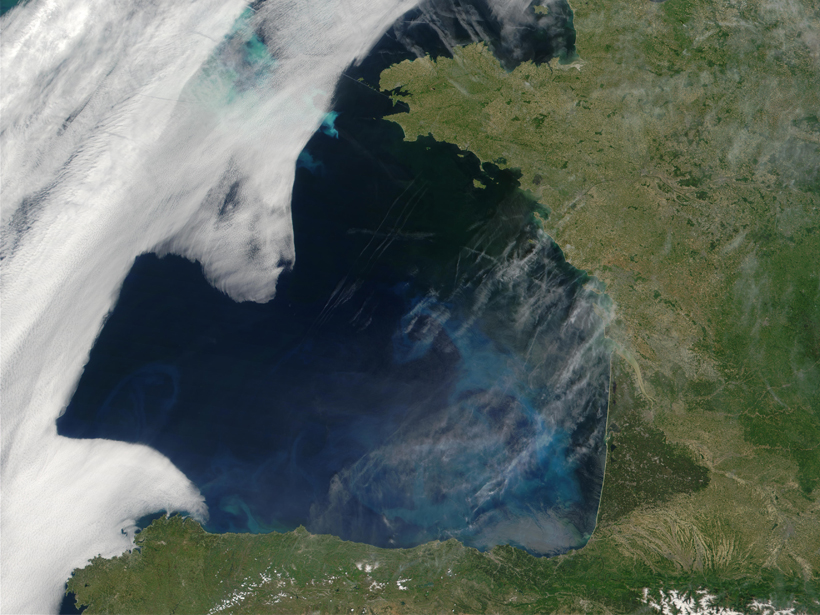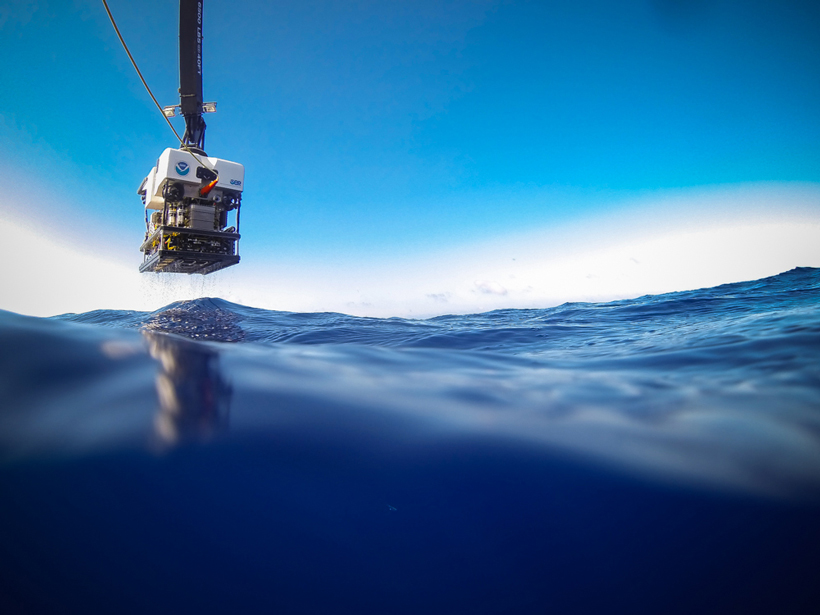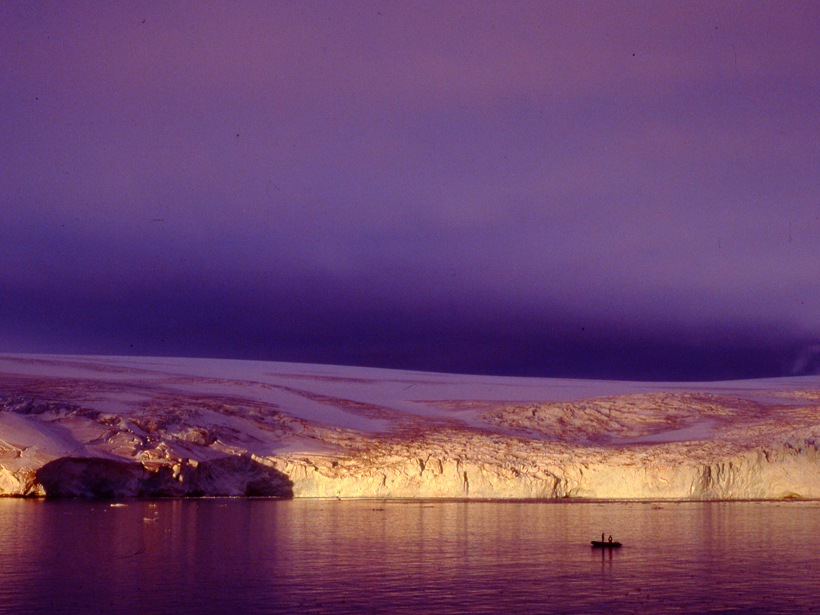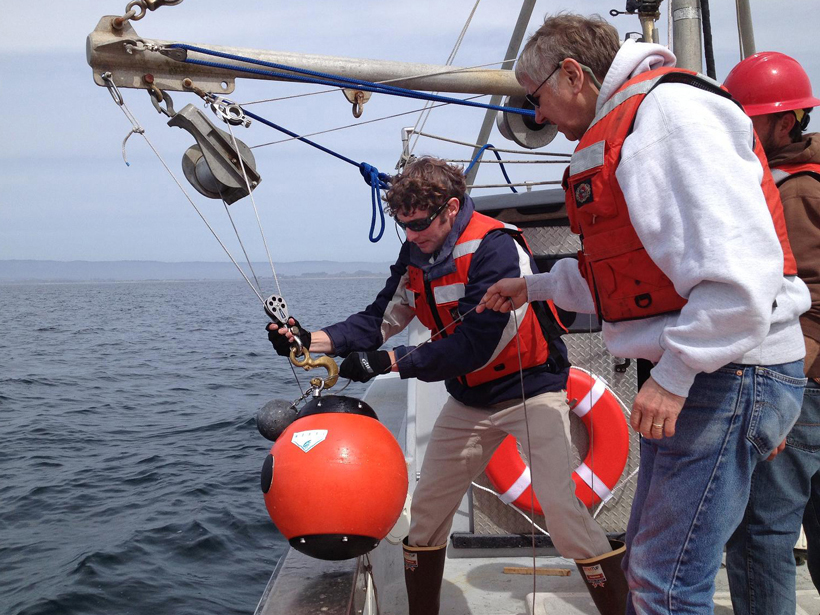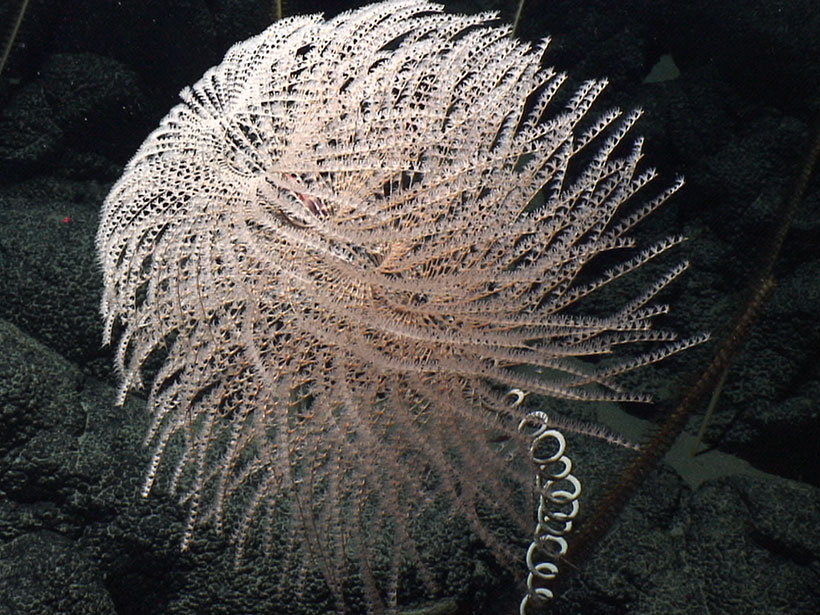A new three-dimensional model of tide-driven flow over the continental slope could enhance understanding of global ocean circulation.
seafloor
Sounding the Northern Seas
A new compilation of underwater terrain provides the most up-to-date mapping of portions of the western Arctic and North Pacific.
Microbes Make a Quick Meal of Methane in a Submarine Canyon
Scientists track the fate of methane released by hydrates in a major canyon off the U.S. East Coast.
Autonomous Undersea Technologies to Vie for New XPRIZE
The competition aims at improved health and understanding of Earth's oceans by spurring teams to devise better robotic technologies for seafloor mapping and exploration.
Antarctic Sediment Plume Disrupts Deep-Water Community
Increased sedimentation from a melting glacier inhibits filter feeders in an Antarctic fjord.
Rising Temperatures Release Methane Locked in the Seabed
New research shows that when ice in the seafloor melts, single-cell organisms metabolize the methane released, preventing the greenhouse gas from reaching the atmosphere.
Researchers Track Underwater Avalanches Like Never Before
Using beach ball–like detectors, researchers set out to determine how sediments, which could contain toxic contaminants, travel through submarine canyons to greater depths.
A Magmatic Seafloor Source at an Ultraslow-Spreading Ridge
An ultraslow-spreading stretch of the Southwest Indian Ridge is thicker than expected: both tectonic and volcanic processes may be feeding the growing seafloor there.
New Insights from Seafloor Mapping of a Hawaiian Marine Monument
New surveys help untangle the complex geologic history of the Hawaiian Archipelago and provide hints about where to seek marine life.
Deep Atlantic Conduit Boasts Longest Billow Train
Some 4000 meters below sea level, swirling patterns of more than 250 consecutive breaking waves up to 100 meters tall stretch through the Atlantic Ocean's Romanche Trench.

